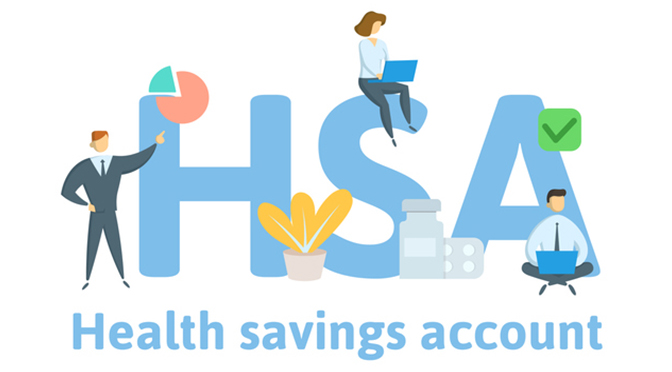Not all life expenses are avoidable. We all need food and shelter. Medical expenses are also difficult to avoid. This doesn’t mean you must swipe a credit card at the doctor daily. But medical bills may need you to dip into your savings account every few months.

Medical expenses are also difficult to avoid. This doesn’t mean you must swipe a credit card at the doctor daily. But medical bills may need you to dip into your savings account every few months. (Source: Yahoo! Finance)
Maximizing Tax Savings
You should contribute to a tax-advantaged account like an HSA if you can. Healthcare expenditures won’t be cheaper with an HSA. Instead, you’ll save taxes. Say you have $1,000 in medical bills one year. Using your bank account to pay such invoices costs $1,000. Putting $1,000 in an HSA will still cost you $1,000 in medical expenditures, but you’ll avoid taxes on it. You’ll pay $1,000 to your doctor, but depending on your tax level, you may save $240 in taxes. In other words, HSA contributions are pre-tax. So putting $1,000 in an HSA is tax-free. Your savings depend on your tax bracket. If you’re in the 24% tax bracket, a $1,000 HSA contribution saves you $240. HSA limitations rise in 2024. If you qualify for one of these accounts, you can shelter income from the IRS and save more.
Learn About the New Restrictions
You can change your contributions to an HSA whenever you wish, as long as you don’t exceed the maximum permissible contribution for the year. So, if you only intended to contribute $1,000 to your 2024 HSA, it’s not too late to increase your contribution.
The amount you can now deposit into an HSA is determined by your coverage and age. HSA contribution limitations are currently as follows:
- If you are under the age of 55, you can get self-only coverage for $3,850.
- If you are 55 and older, self-only coverage costs $4,850; family coverage costs $7,750.
- If you are 55 or older, you can get family coverage for $8,750.
By 2024, the limitations will have risen to:
- If you are under the age of 55, self-only coverage costs $4,150.
- If you’re 55 and older, you can get self-only coverage for $5,150; if you’re under 55, you can get family coverage for $8,300.
- If you are 55 or older, you can get family coverage for $9,300.
If you have a lot of other bills to pay, you might not be able to max out your HSA. However, if you can max out your HSA, you’ll save even more money by paying less to the IRS.
READ ALSO: Raising Retirement Age One of the Options to Aid Social Security Finances

















































